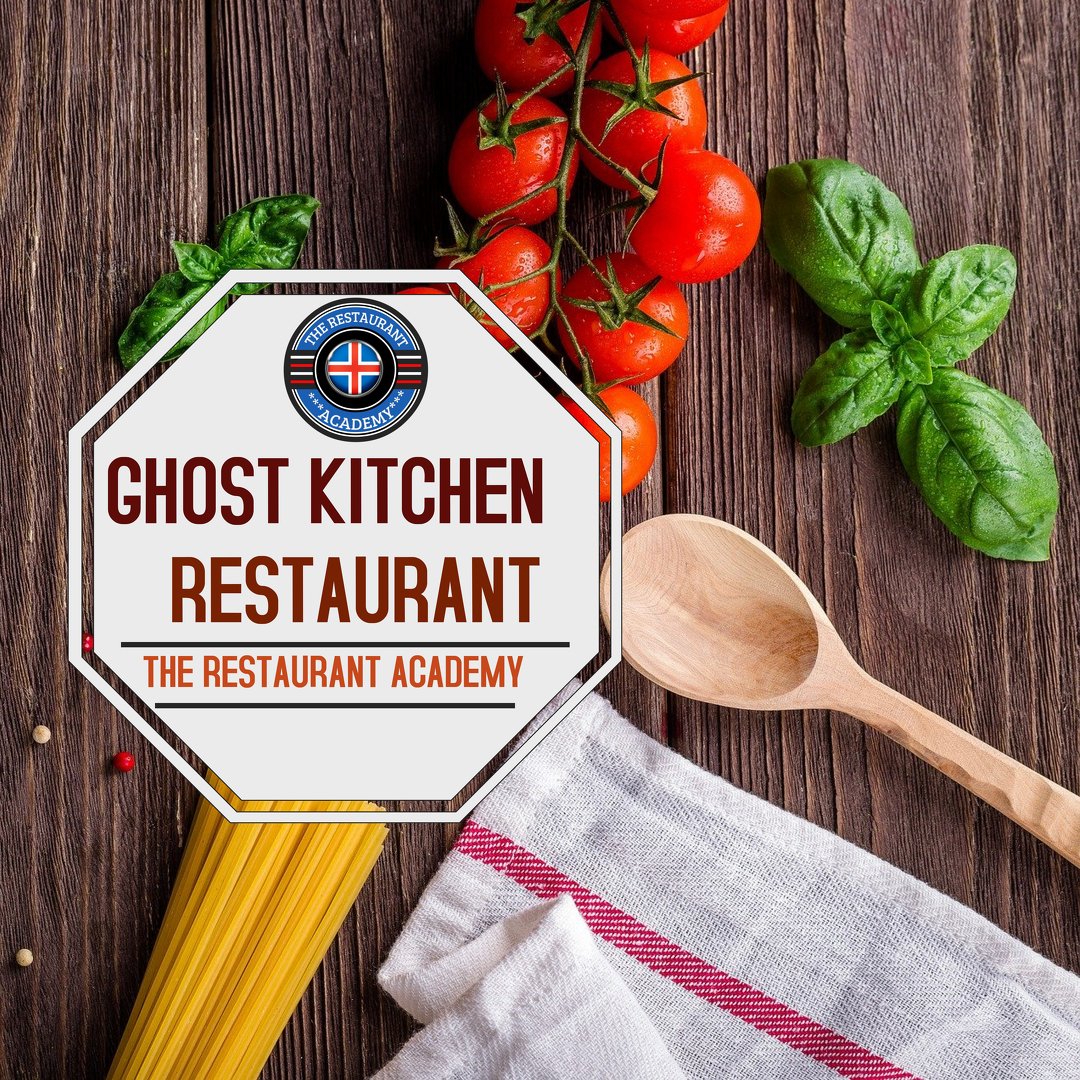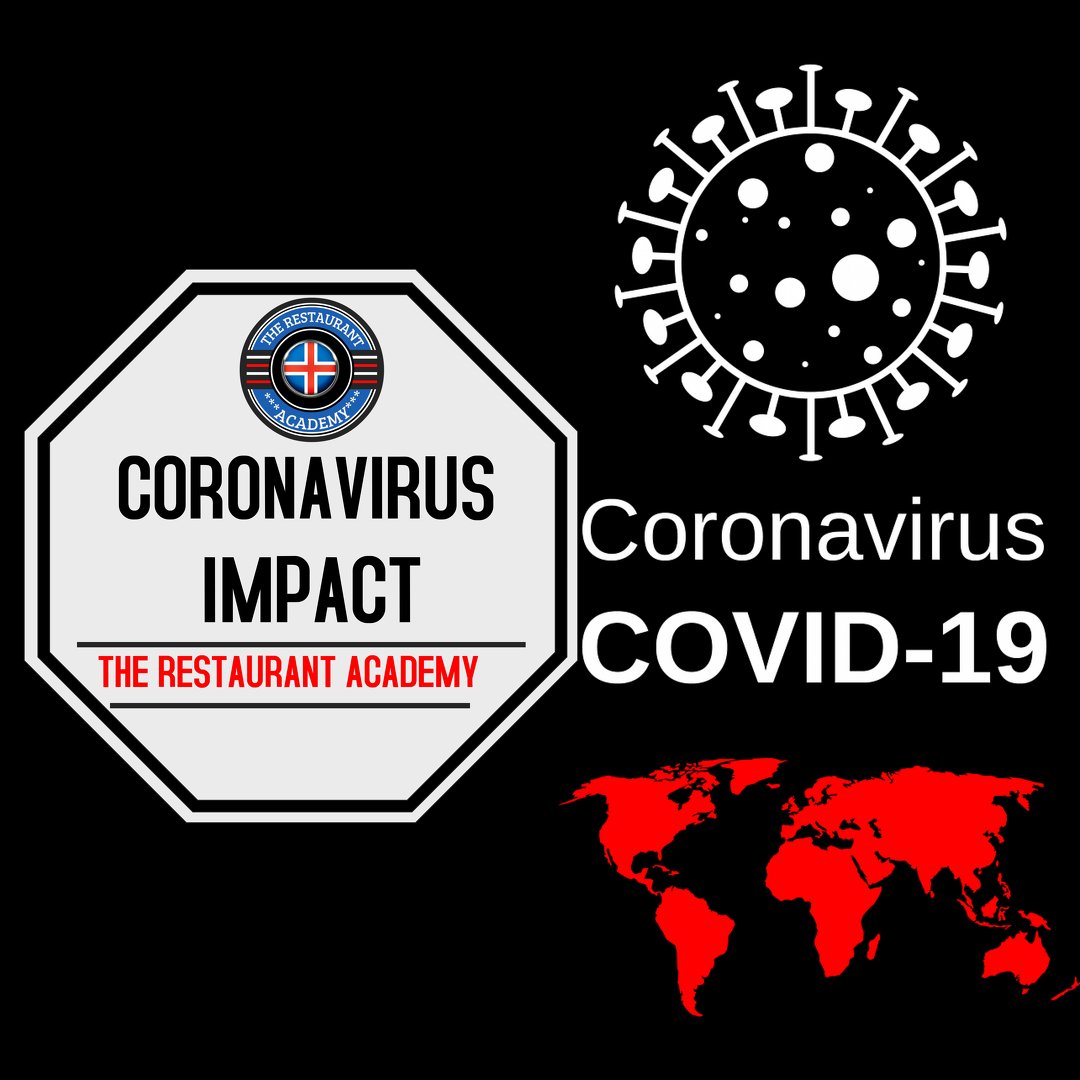Menu Card is the heart of a restaurant. Designing a new menu card is anything but child’s play as it is the first factor attracting your guests to your food offerings.
Prior to zeroing in on a precise design, take into account the restaurant’s concept, whether you are offering breakfast, lunch or dinner, days and time you are open, the average income of the target customers, value for money, whether you will offer A la carte (Guest order from menu card) or Table d’ hote (Fixed menu card items). Create a rough draft of the menu card and show it to your employees and regular guests before finalising it.
When planning a menu card, decide upon a couple of colors so that you have the option to finalize any one of them. In this context, I recommend sticking to the restaurant’s theme colors to impart that sense of uniformity. We have covered the following point:
1. Menu Card should be readable
The first and foremost thing to make a menu card worth picking up and going through is its readability. From my experience, the correct fonts are the most crucial on the menu card. Guests should never ask the staff if they can read the menu card for the guest due to the poor font used by the restaurant.
A good font for a menu card should be easily recognisable and easily readable. Try to avoid Segoe script or any cursive font on the menu card. Our Favorite: Helvetica, Baskerville and Proxima Nova.
Next comes numericals.The perfect font size for the menu is 12px(10pt). Keep the font smaller than that of the texts (2 points or so), and avoid showing the prices in bold. You should never let the guests know that you are focussed on income.
2. Menu Card Pages
Keep the menu card small and manageable so as not to overwhelm customers with its size and choice of offerings. A 2-paged menu card is perfect for the food items. You can have a separate menu card for the drinks if you wish. When I say manageable, I also want you to check if your kitchen can produce the items you have so proudly mentioned on the menu card. Guests have often complained that some restaurants should revamp their existing card to offer only those food items that they can prepare.
3. How many items again on the menu card?
As your aim is not to confuse customers, having 5 items under each category is a safe bet for a fine dining restaurant. You can also offer 3 special items every week to entice customers. In case you are a specialized restaurant, not less than or not more than 10 to 12 items should be there. Human psychology says that if you display more items than this, the customers will stop trusting your chef’s ability. There is no shame in offering what you know best. According to the ‘paradox of choice’ theory, the more options you give someone, the more anxiety they suffer from over the perfect choice. Not just that, they will come out with the feeling that they probably did not order the right item as it did not taste well. An industry having 70%of its sales from repeat customers simply cannot afford to do this. This case stands tall if you own a fine dining restaurant as then your target customers are fewer in number.
4. Magical paper for menu card
The infinite amount of possibilities in the menu’s material is enough to frustrate you. You can opt for paper, leather, UV coated cards or lamination. Keeping in mind that the card does not appear cheap or sub-standard, avoid plastic and its shiny glow. Laminated cards are often not a favorite of fine dining eateries that prefer leather or paper because of the same reason. However, such cards are more durable than paper cards as they do not allow water, oil, gravy or dust to settle inside. When durability and longevity come into discussion, decide the type of traffic you encounter everyday and how messy your meals can get. Tougher materials can be managed over time and are easy to clean.
5. Where does the guest look on the menu card?
Various studies have shown that customers look at the top left side, top right side and bottom in the starting. An average customer spends 109 seconds looking at the menu card. Hence, I suggest you put your most profitable dishes in these places called ‘sweet spots‘ in the industry. Menu engineering is one of the most vital aspects of restaurant management. Since people look for less costly items, put the relatively cheaper, yet high-profit item below an expensive one to highlight the latter. That way, guests will know about them and order more. Click here to learn menu engineering.
6. Zero effect on the menu card
It means number psychology. Numbers do play a major role in the restaurant industry. These are our number hacks for the restaurant industry:
#) 00 or 99- Suggest value(but not necessarily quality)
#) 95- Suggest friendliness.
#) 01-Emphasis on quality.
7. Don’t overuse photos on the menu card
The excess use of photos is a big NO. Your high-end fine dining restaurant is better off without proclaiming how its dishes taste and let the guests decide that. If you use photos, do so sparingly and even then, use professional-looking high-quality images.
As an afterthought, I would suggest you use illustrations as they are attractive to people of all ages and from all walks of life. Put the picture of your food instead of random images from the internet. Hire a professional photographer for them.
8. Describing Dish on the menu card
As a business owner, you might feel that just naming an item and mentioning its price is all that you need to do. However, you cannot ignore the dish’s description in any way whatsoever because modern-day guests like to be enlightened about what they are consuming. Some people have a fetish for a particular ingredient, while others might be allergic to that component. We love to see customers smile on checking the ingredients, but at the same time, we want them to be safe and save ourselves from unnecessary ethical issues. Servers should never ignore the allergy concerns of guests as they have led to deaths. Incorporating data about potential allergies to known foods like nuts, shells, prawns and milk products, mentioning the spice content of foods is important to ensure repeat visits by the same customer.
Encourage the guests to read the descriptions before checking the prices of the items. Prices often depend on the ingredients and the cooking style.
9. Right Sequence for the menu card
Starter, Main Course and Dessert. This is a fundamental step which should be followed by every menu card, but some restaurants don’t follow it to stand out of the box. It can make the menu card look embarrassing if the items are not in proper order.
A rectangle can be used if you would like to highlight certain menu items on the card. It is best to have one or maximum of two rectangular boxes for the menu items.
10. The Restaurant Academy special tips:
- Left or Right – Don’t try to sail two ships at the same time. Be a master of one trade before jumping onto the other one. It means don’t try to have two-three cuisines on the menu card.
- Side hero – Small menu card on the table which remains 24 X 7 on the table for fast food restaurants. Best advice is to have a dessert item here.
- Small tips –
A. Please don’t use the Grilled to Perfection and Sweet Ice Cream.
B. Print your special menu items on food delivery boxes with pictures.
C. Always have one vegetarian and non- vegetarian item which can be cooked in less than 5 minutes for guests who don’t have time.
Designing a menu can be as fun as challenging. Put these ideas together to draw eaters and encourage them to order from in-house menus. Please support us by sharing our articles on your social media.


